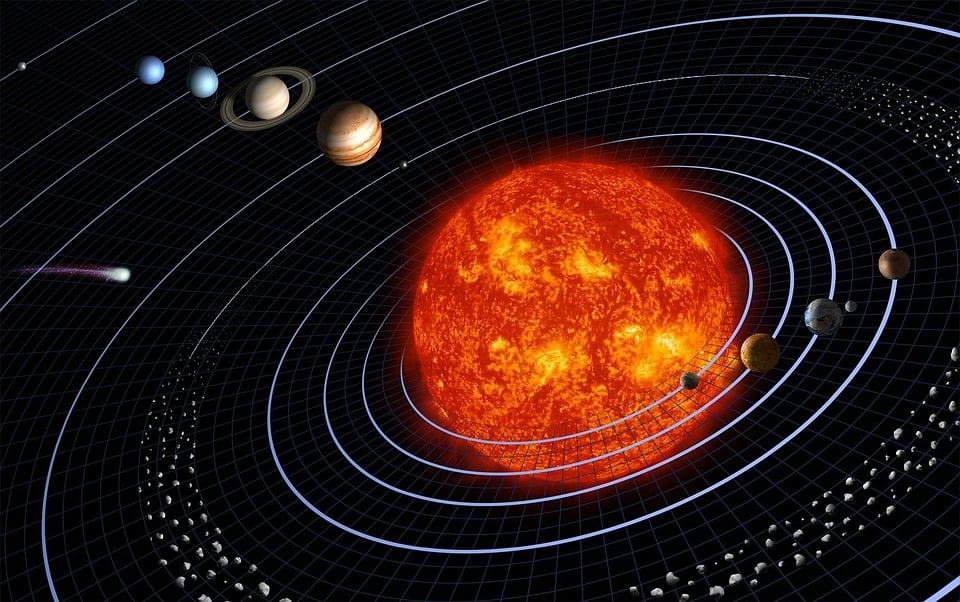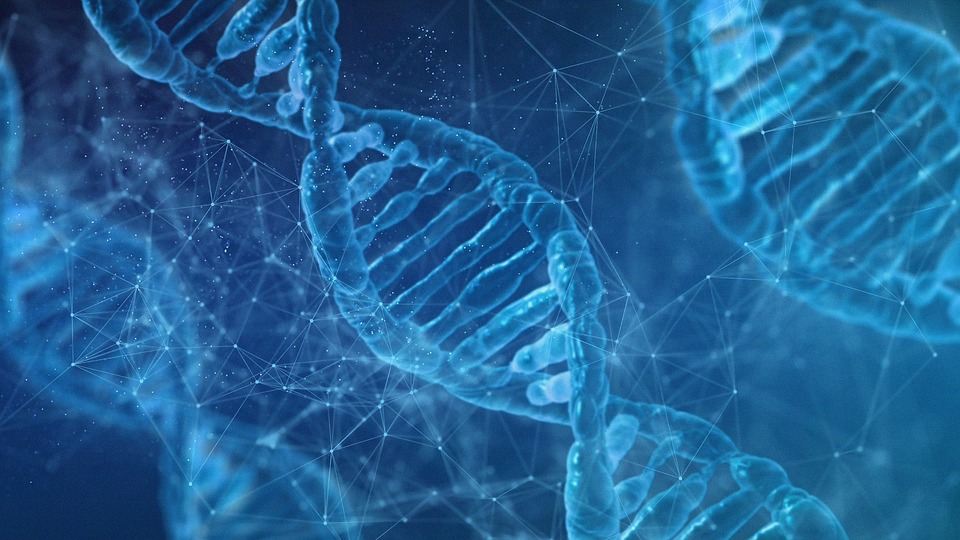
Chemical reactions are fundamental processes that involve the rearrangement of atoms to form new substances. These reactions occur due to the interactions between atoms, which are governed by the properties of the elements that compose them. The periodic table is a tool that helps us understand these properties, and the electron configurations of atoms play a crucial role in determining the reactivity of the elements.
The periodic table is a tabular arrangement of the chemical elements, organized according to their atomic number, electron configurations, and chemical properties. The table is divided into periods (rows) and groups (columns), with elements in the same group sharing similar chemical properties. The periodic table allows us to predict the behavior of elements in chemical reactions and provides a framework for understanding the relationships between the properties of the elements.
The electron configuration of an atom describes how the electrons are distributed among its various energy levels or orbitals. The electrons in the outermost energy level, known as the valence electrons, are the ones that participate in chemical reactions. The number of valence electrons in an atom is determined by its position in the periodic table. Elements in the same group have the same number of valence electrons and thus have similar chemical properties.
The reactivity of an element is determined by the ease with which its valence electrons can be gained, lost, or shared in chemical reactions. The ability of an element to gain or lose electrons is related to its position in the periodic table. Elements on the left side of the periodic table (Groups 1 and 2) have a tendency to lose electrons to form cations, whereas elements on the right side (Groups 16 and 17) have a tendency to gain electrons to form anions. Elements in the middle of the table (Groups 3-12) have a more complex chemistry, with a variety of oxidation states and reactivities.
The electron configuration of an atom also influences the type of chemical bonding that it can undergo. Chemical bonds are formed when atoms share or transfer electrons to achieve a more stable electron configuration. The three main types of chemical bonds are ionic, covalent, and metallic.
Ionic bonds are formed when one atom transfers one or more electrons to another atom to form a cation and an anion, which are held together by electrostatic forces. Ionic bonds typically occur between metals and nonmetals, with the metals losing electrons to form cations and the nonmetals gaining electrons to form anions. The strength of an ionic bond depends on the charges of the ions and the distance between them. In general, ionic bonds are stronger than covalent bonds.
Covalent bonds are formed when atoms share one or more pairs of electrons to achieve a more stable electron configuration. Covalent bonds typically occur between nonmetals and can be either polar or nonpolar, depending on the electronegativity difference between the atoms. Polar covalent bonds have a partial positive and partial negative charge on each end of the bond, whereas nonpolar covalent bonds have an equal sharing of electrons between the atoms. The strength of a covalent bond depends on the number of shared electrons and the distance between the nuclei of the atoms.
Metallic bonds are formed when metal atoms share their valence electrons to form a sea of electrons that is free to move throughout the solid. Metallic bonds are responsible for the unique properties of metals, such as their high conductivity, malleability, and ductility. The strength of a metallic bond depends on the number of valence electrons and the size of the metal atoms.
The periodic table also helps us understand the trends in reactivity and bonding within groups and periods. Within a group, the reactivity of the elements generally increases as we move down the column, due to the increasing size of the atoms and the decreasing ionization energy (the energy required to remove an electron from the atom) and electronegativity (the ability of an atom to attract electrons towards itself) of the elements. For example, Group 1 elements (alkali metals) become more reactive as we move down the group, as the outermost electron is farther from the nucleus and is shielded by more inner electrons, making it easier to lose. Similarly, Group 17 elements (halogens) become more reactive as we move up the group, as the outermost electron is closer to the nucleus and is held more tightly, making it easier to gain an electron.
Within a period, the reactivity of the elements generally decreases as we move from left to right, due to the increasing ionization energy and electronegativity of the elements. For example, the alkali metals (Group 1) are the most reactive metals, while the noble gases (Group 18) are the least reactive, as they have a full valence shell and do not easily participate in chemical reactions.
In addition to predicting the reactivity and bonding of elements, the periodic table also helps us understand the properties of compounds that are formed between different elements. Compounds can be classified as either ionic or covalent, depending on the nature of the bonding between the atoms.
Ionic compounds are formed between metals and nonmetals and are held together by electrostatic forces between the positively charged cations and negatively charged anions. Ionic compounds typically have high melting and boiling points, are soluble in water, and conduct electricity when dissolved or melted.
Covalent compounds are formed between nonmetals and are held together by the sharing of electrons between the atoms. Covalent compounds can be further classified as either polar or nonpolar, depending on the electronegativity difference between the atoms. Covalent compounds typically have low melting and boiling points, are generally insoluble in water, and do not conduct electricity.
The properties of compounds can be predicted based on the properties of the elements that compose them. For example, a compound formed between a metal and a nonmetal is likely to be ionic, with high melting and boiling points and the ability to conduct electricity when dissolved in water. On the other hand, a compound formed between two nonmetals is likely to be covalent, with low melting and boiling points and the inability to conduct electricity.
In conclusion, chemical reactions are related to the periodic table and the electron configurations of atoms in several ways. The periodic table provides a framework for understanding the properties and reactivity of the elements, which in turn determine the types of chemical reactions that can occur. The electron configurations of atoms play a crucial role in determining the reactivity and bonding of elements, and their position in the periodic table helps predict the behavior of compounds formed between them. By understanding the relationships between the periodic table, electron configurations, and chemical reactions, we can gain a deeper understanding of the fundamental processes that govern the behavior of matter.







